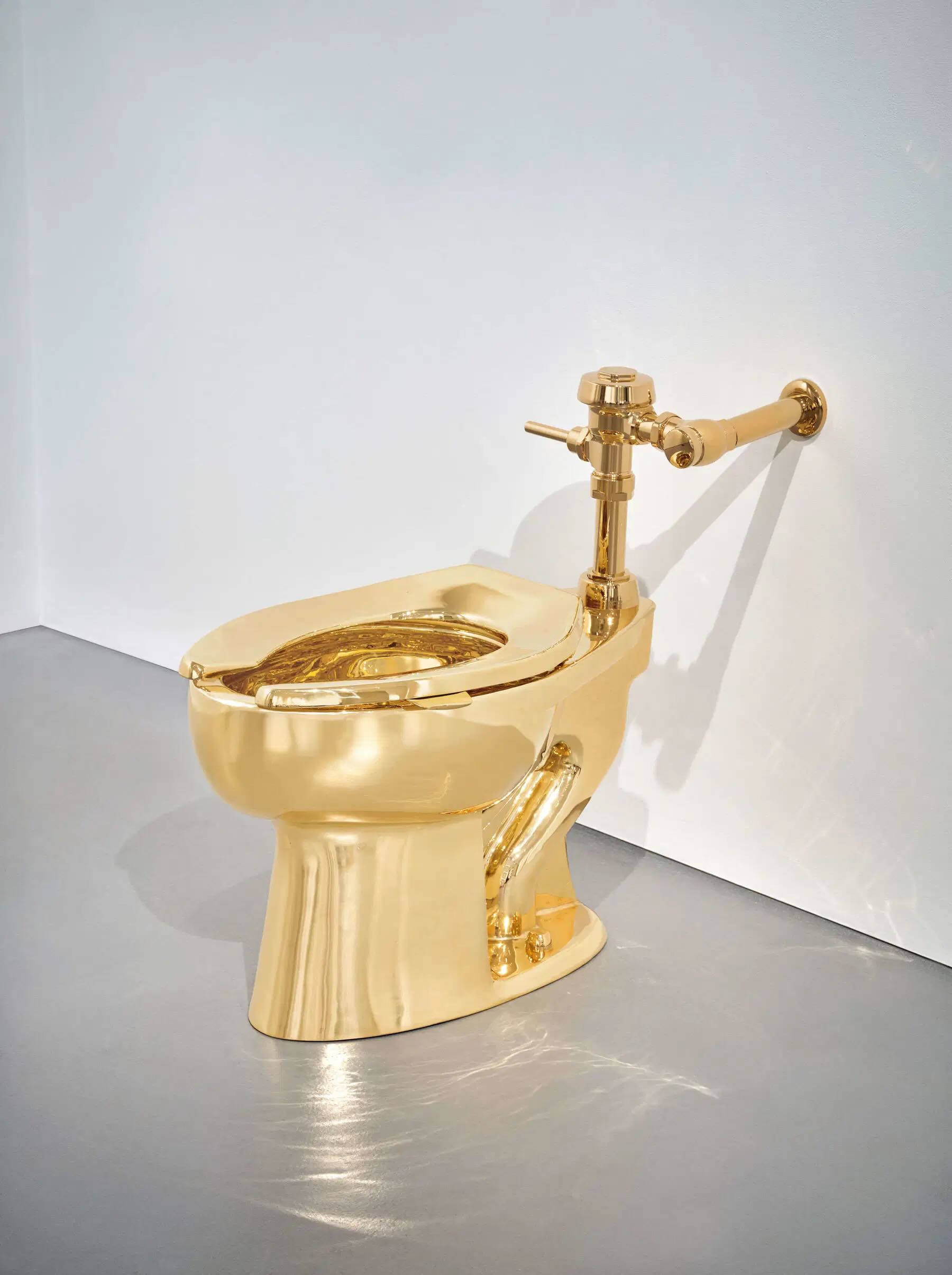Following last week's in-depth study on Museimpresa, the organization dedicated to the promotion of historical Italian manufactures, today we venture more broadly into the field of "Made in Italy" to find its roots.
Our goal here is not to make a pure history of the branding, but rather bring you on a journey that touches the economy, the society and the culture of Italy; and, most importantly it brings to life what we consider the great driving force behind the success of "Made in Italy", the geography of this territory. In fact, it is among mountain villages, industrial districts, river mouths and seaside villages that one can find the distinctive factors of Italian consumer goods, and the origin of their uniqueness.
As the inscription on the facade of the Civilization Palace in Rome reads: “our people are poets artists, heroes, saints, thinkers, scientists, sailors and transmigrators" (no political reference here). We are a nation that has been capable of making the arts, not only the most famous ones such as painting, sculpture and architecture but above all the minor ones, its pride and joy. Far from dealing here only with old traditions and ancient knowledge, today we are interested in investigating the extremely modern cultural phenomenon of Italian living: the art of the home, of being well dressed, of driving a luxury car or drinking a glass of fine wine.
What lies at the root of this glamorous concept? Certainly, the "Made in Italy" brand is the prerequisite for the diffusion of modern Italian style and at its origin there is that Italian “spirit” based in a common cultural background, a legacy of classical antiquity, capable of resurfacing and recreating itself continuously. In addition to this, there is the marked ability of our entrepreneurs to go beyond their own borders to innovate, and in the most extreme cases, revolutionize traditional models.
While in the 17th century, and above all, in the 18th century, it was foreigners who made their educational journey in Italy, the so-called Grand Tour, in the 19th century, the great industrial exhibitions offered the unrepeatable opportunity to present to the world the so-called artistic craftsmanship and the first industrial national productions. These appointments accelerated the diffusion of that concept of "well made" which is the true essence of "made in Italy". In those days, in fact, in the artistic-industrial sectors, there was rarely any mention of an important artist, or of the name of the designer, it was the products themselves that represented, often anonymously, the savoir faire of our country abroad.
Due to the widespread diffusion of Italian-made products, the 20th century could be called the century of "Made in Italy": not only were the connotations of the production of Italian consumer goods strengthened, but there was also an expansion of production processes to satisfy the widest range of needs. A path perfectly in line with the world economic expansion, which, at least at the highest levels, has been able to follow the ups and downs of the century without ever leaving the top of the wave. Today, the three words "Made in Italy" are synonymous not only with a product "made well", but also "made to measure", with sustainable and innovative materials shaped by a company or an author capable of telling the world a unique story, like that of its own country.






.png)





